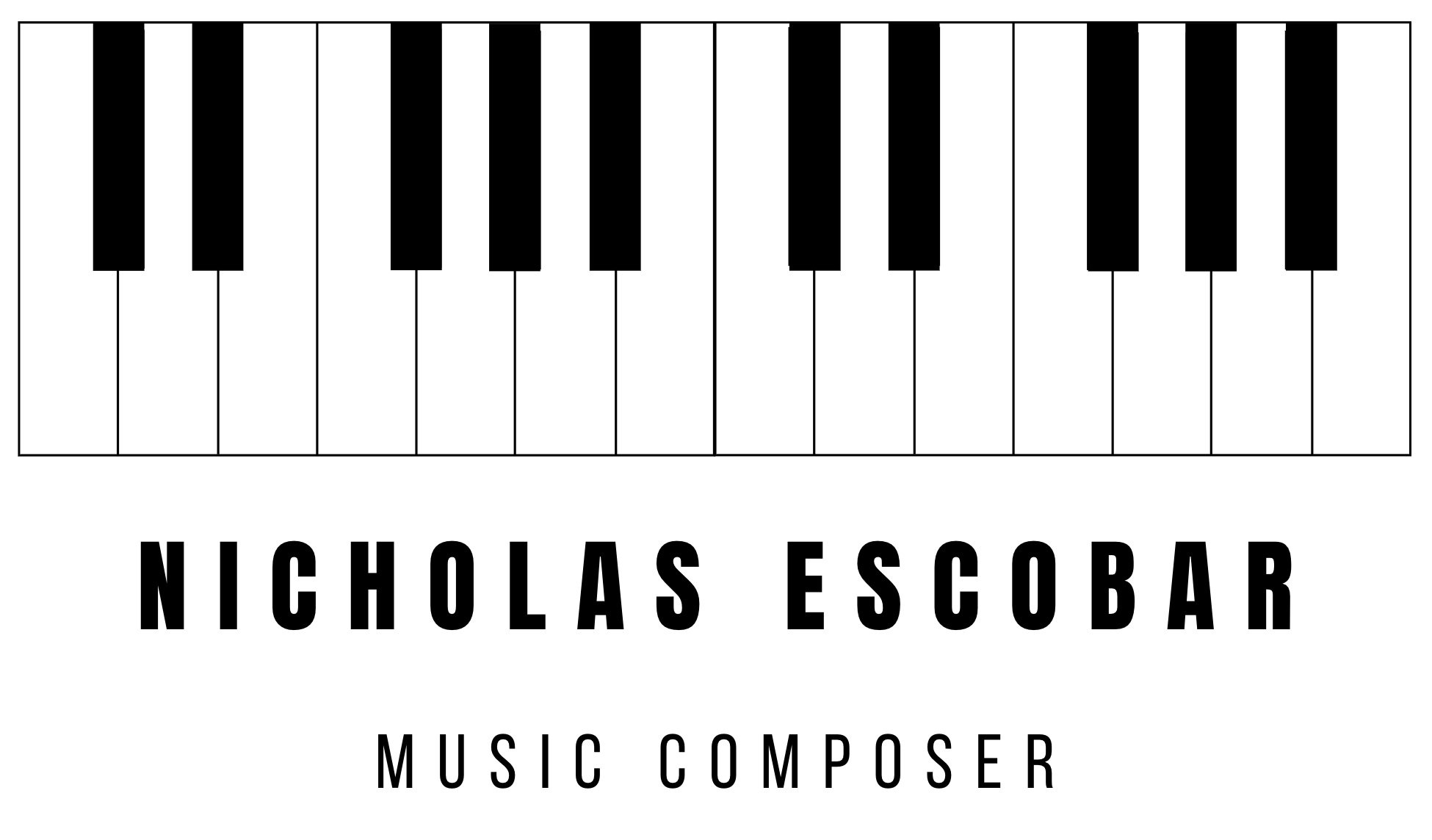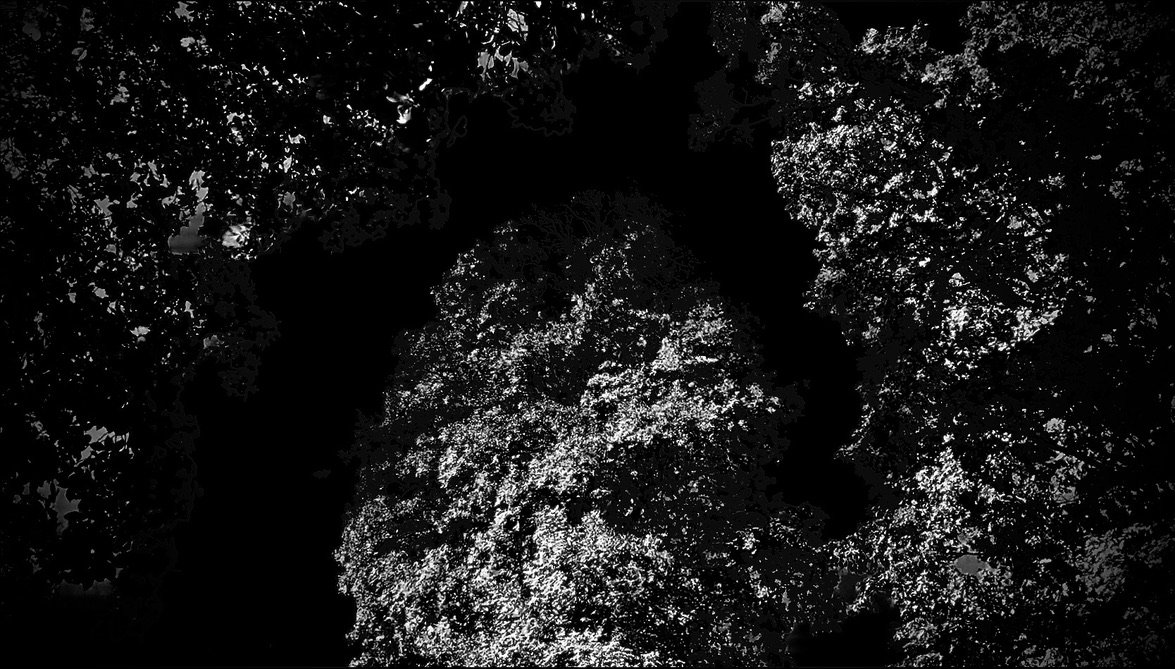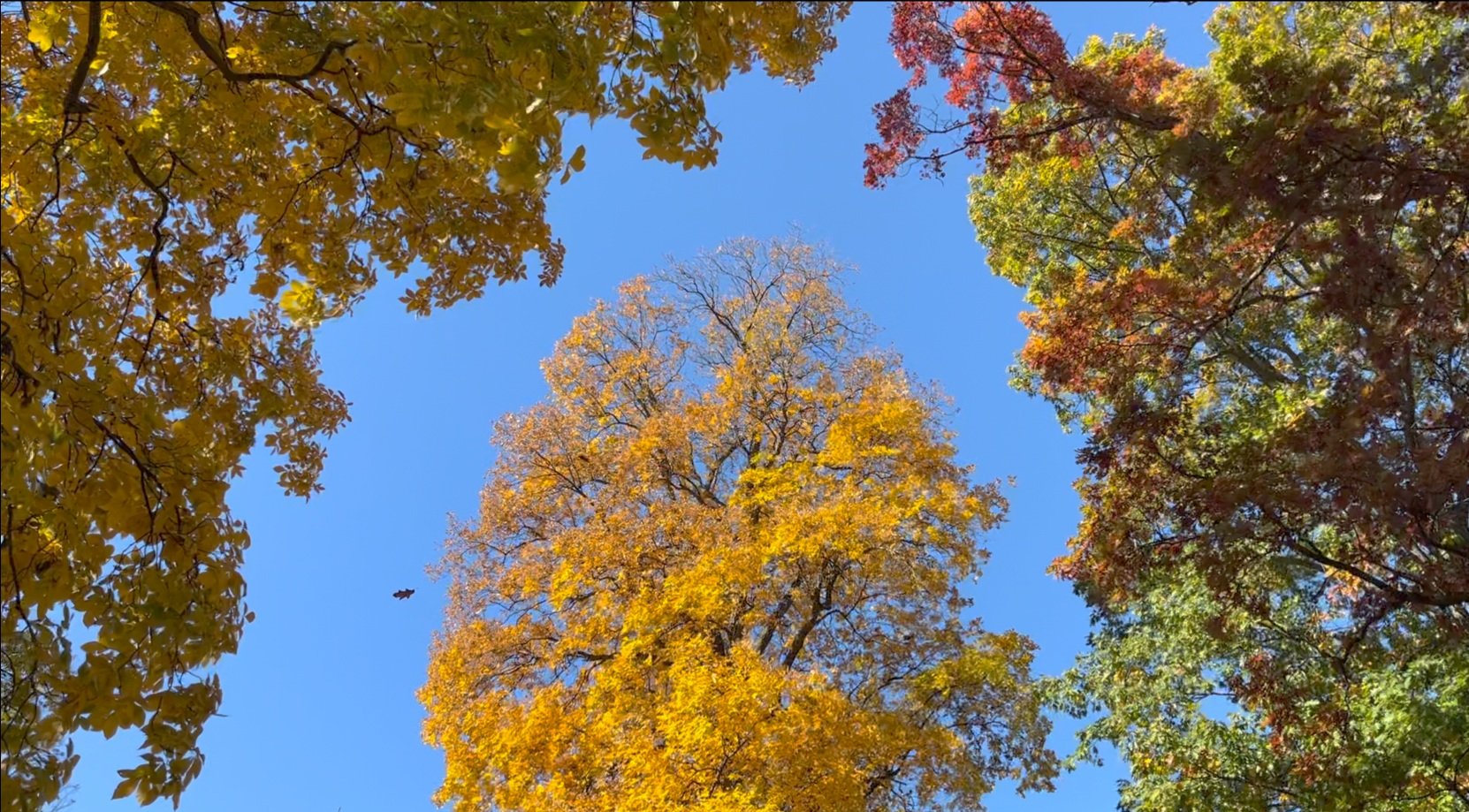My Composing Process: fall in 7/4 time (2022)
Dear Readers,
Yesterday I dived right back into my “little pieces of improvised sound” series. As the title suggests, the composition is in 7/4 time, which adds a fantastic rhythmic complexity and overall vibe.
Let’s talk about how I made it.
Doodling in 7/4 Time
I think “doodling” is an apt word to describe what I do at the piano sometimes. I just open up a Logic Pro file, get out one of my piano sounds and then start playing. Yesterday afternoon, I started a doodling session by improvising a classical sounding piano piece and then…something changed. I started playing this:
Cool right? I liked it too. It has this great feeling to it. An energy and urgency. As I improvised a bit with this idea, I realized it was in the time signature 7/4.
A time signature basically signals how many beats per measure there are. The 4/4 time signature is very popular. This means there are 4 beats per measure (the top number) and the quarter note gets the beat (the bottom number). A 7/4 time signature means that there are seven beats per measure and the quarter note gets the beat. You can also think of a 7/4 time signature as being a 4/4 bar and then a 3/4 bar.
I don’t believe I have ever composed a whole piece in 7/4 before, so this was super exciting. I started to improvise some drum/percussion parts underneath, really stressing the beats that the bass note of the piano accents:
This is a mixture of cymbals, kicks and hi hats from the Spitfire Labs Percussion, as well as toms from the Labs Animal kit and more hi-hats from the Labs 1975 kit. So, essentially, you are listening to three drummers playing at once.
The drums and piano sounded nice, but I wanted something that would accent the cool basslines in the piano part. I immediately thought of one instrument: the bass clarinet. Why? Because I wanted a reedy, punchy bass sound. So I picked the bass clarinet from Spitfire Studio Woodwinds and doubled it with the Upright Bass from Kontakt. You can see the first measure of the bassline here:
Now that I had an awesome bassline and some driving percussion, it was time to start improvising!
Crafting an Orchestra and Improvising in 7/4 Time
I began this process by first running the drumbeat I had created through Alchemy in Logic Pro. This allowed me to play the drumbeat on the keyboard while also being able to warp the sound a lot. This is what I ended up with:
The gears were really turning now. I began expanding the orchestra, adding the following instruments:
Vintage B3 Organs: Hard Rock, Soul Organ, Top-End Organ (Logic Pro)
Pizzicato Strings (Spitfire Studio Strings)
Spiccato Flutes (Spitfire Studio Woodwinds)
Toms + Shaker (Logic Pro European Kit)
Vibes (Logic Pro)
Muted Trumpet (Kontakt)
Piano (Air Minigrand)
Additionally, I sampled the bassline with the piano and bass clarinet and made that a playable instrument as well. It sounds like this:
From here on out, it was all about improvising and layering. I created the overall layout of the piece: Intro - Vibe Solo - Muted Trumpet Solo - Piano/Vibes into Ending.
For each solo, I did a couple takes but overall just wanted to capture a live, spontaneous performance. I found that when improving over 7/4 time, I frequently blended into the next measure without meaning to, creating a fantastic sense of momentum.
I also focused on creating seamless transitions between solos. For example, muted trumpet enters on the same note that the vibes ends on. Also, the organs echo the piano part’s repetitive line towards the end of the piece. In this way it truly feels like the instruments are speaking to one another.
The vibraphone solo established a “main theme” of sorts for the piece:
Without the 7/4 time, I probably would not have improvised this line in this manner. First off, I start a beat late in the measure. The melody has a ton of up-beats (which I played because of the bassline) and the melody’s final portion ends on the first beat of the next measure. In this way, the time signature influenced how I composed the main melody for the composition.
Finally, I tried to be minimalist with the accompaniment in this piece. I wanted there to be space in the orchestration to allow for the solos to come through. So, most of the background instruments are playing a variation on the bassline. The organs are doubled together and playing three note chords following the bass-line. The strings and flutes are playing the bassline, just up a few octaves. You can also feel a shift when one solo ends and another begins. Instruments leave the texture and other instruments enter it. For example, near the end of the piece, I improvised more drum lines (using hi-hat and cymbals and ride). In this way, no single part of the piece sounds the same.
Editing and Warping in 7/4 Time
It was in the editing stage that this piece really began to take shape. For the muted trumpet, I ran it through an amplifier (the Pawnshop amp in Logic Pro) to add this gritty factor to it. For the vibraphone, I added a pitch shifter down an octave to add some odd depth to it and also added an echo to warp it a bit. For the flutes and pizz. strings, I added different echoes to them to give the overall sound a bit of texture. I ran every track through the Large Room in Chromaverb to add space to the piece.
Filming the Video in 7/4 Time
I go on walks through my neighborhood a lot, and it has been really amazing gradually seeing the changing colors of the leaves day to day. While on a walk today, I scoped out a possible area to film the video. I decided on a trio of trees, one a startling bright orange. I framed my iPhone so a strip of blue sky ran through the trees like a piece of ribbon. This time, I brought my Zoom H4N microphone and placed it beneath the tripod. This way, I could use the live audio of the space in the composition itself.
Back in my studio, I placed the location recording into the track and added a Spreader to elongate the soundscape across the stereo image. I also ran it through the reverb that everything else was run through and I added a Limiter for dynamics.
I love the idea that the sound of the space I filmed is present in the piece of music. I definitely want to keep experimenting with this idea.
I experimented a bit with the album cover. Instead of highlighting the fall colors that were present on site, I took away all the color and adjusted the RBG color levels to extreme degrees, robbing the image of all cover. Instead, what is present is a somewhat eerie black and white texture. Onto this, I added the title with a variety of different fall colors. I thought that created an interesting contrast.
Conclusions in 7/4 Time
It was terrific to return back to this series again. I feel like with each piece, I experiment in different ways. I look forward to creating the eighth part in the “little pieces of improvised sound” series soon!
As always, if you have any questions about my composing process for this piece or my work in general, you can email me at nicholasescobarcomposer@gmail.com.
Your’s Musically,
Nicholas Escobar




